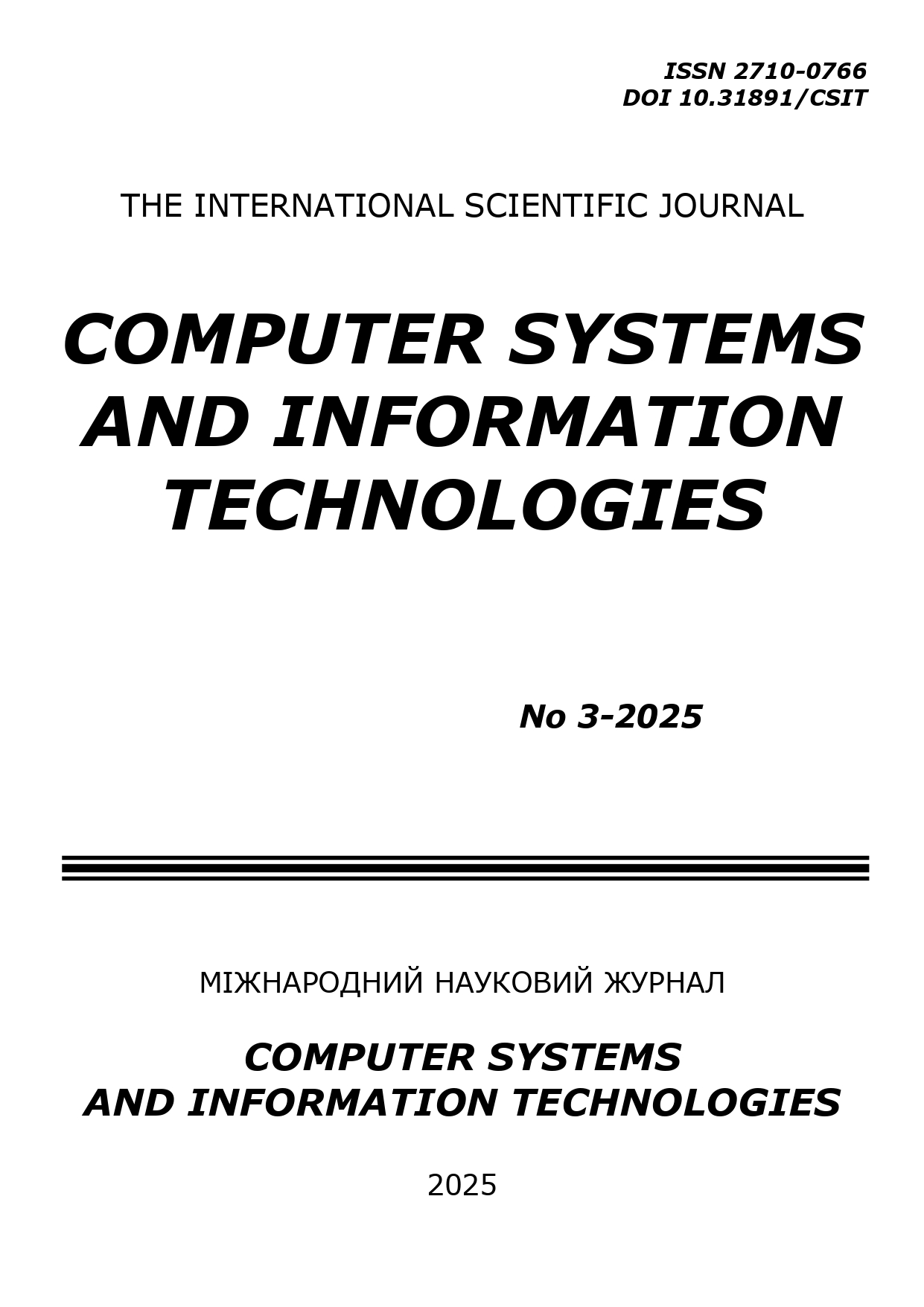ANALYSIS OF EFFICIENCY OF HARDWARE PLATFROMS FOR SPATIAL ORIENTATION SYSTEMS USING A UNIFIED ENERGY CONSUMPTION MODEL
DOI:
https://doi.org/10.31891/csit-2025-3-17Keywords:
distributed computing, single-board computer, smartphone, computer vision, energy efficiencyAbstract
This paper addresses the problem of evaluating the efficiency of hardware platforms for spatial orientation systems, with a specific focus on mobile and assistive technologies for visually impaired users. The primary purpose is to conduct a systematic comparison between two classes of compact computing devices - single-board computers and smartphones - using a unified model and method for forecasting energy consumption in distributed computing systems that was developed and validated in our previous research. The methodology integrates both simulation and experimental measurements to provide a reliable assessment of computational performance, energy efficiency, and subsystem contributions under conditions representative of real-world computer vision workloads. The chosen experimental task was based on object detection using the SSD MobileNetV1 neural network, applied to video stream processing with standardized preprocessing and postprocessing stages, enabling reproducible and cross-platform evaluation. Energy consumption was decomposed into idle, computing, and camera subsystems, with measurements obtained through controlled power supply instrumentation over extended periods to eliminate short-term deviations. Results show that Apple smartphones consistently outperform single-board computers in both computational power and energy efficiency, with CPUs delivering significantly higher throughput and lower overall energy consumption during real-time inference, while GPU acceleration via CoreML further amplifies this advantage. Smartphones also demonstrate superior thermal stability and lower idle consumption, though their advanced camera subsystems introduce additional energy costs not observed in simpler USB cameras used with single-board platforms. The experiments shown that running similar task smartphones were underloaded and had a room for running better models, unreachable for single-board computers. The overall conclusion emphasizes that for computer vision tasks in spatial orientation systems, even older-generation smartphones represent a more efficient and practical hardware base than the most advanced single-board computers, offering not only higher performance per unit of energy but also a richer set of integrated sensors and connectivity options. These findings underline the strategic importance of smartphones as the optimal hardware foundation for next-generation assistive technologies, while pointing to future research directions involving Android platforms and peripheral expansions for single-board devices
Downloads
Published
How to Cite
Issue
Section
License
Copyright (c) 2025 Олександр МАМЧИЧ, Олеся БАРКОВСЬКА , Андрій КОВАЛЕНКО, Антон ГАВРАШЕНКО

This work is licensed under a Creative Commons Attribution 4.0 International License.

